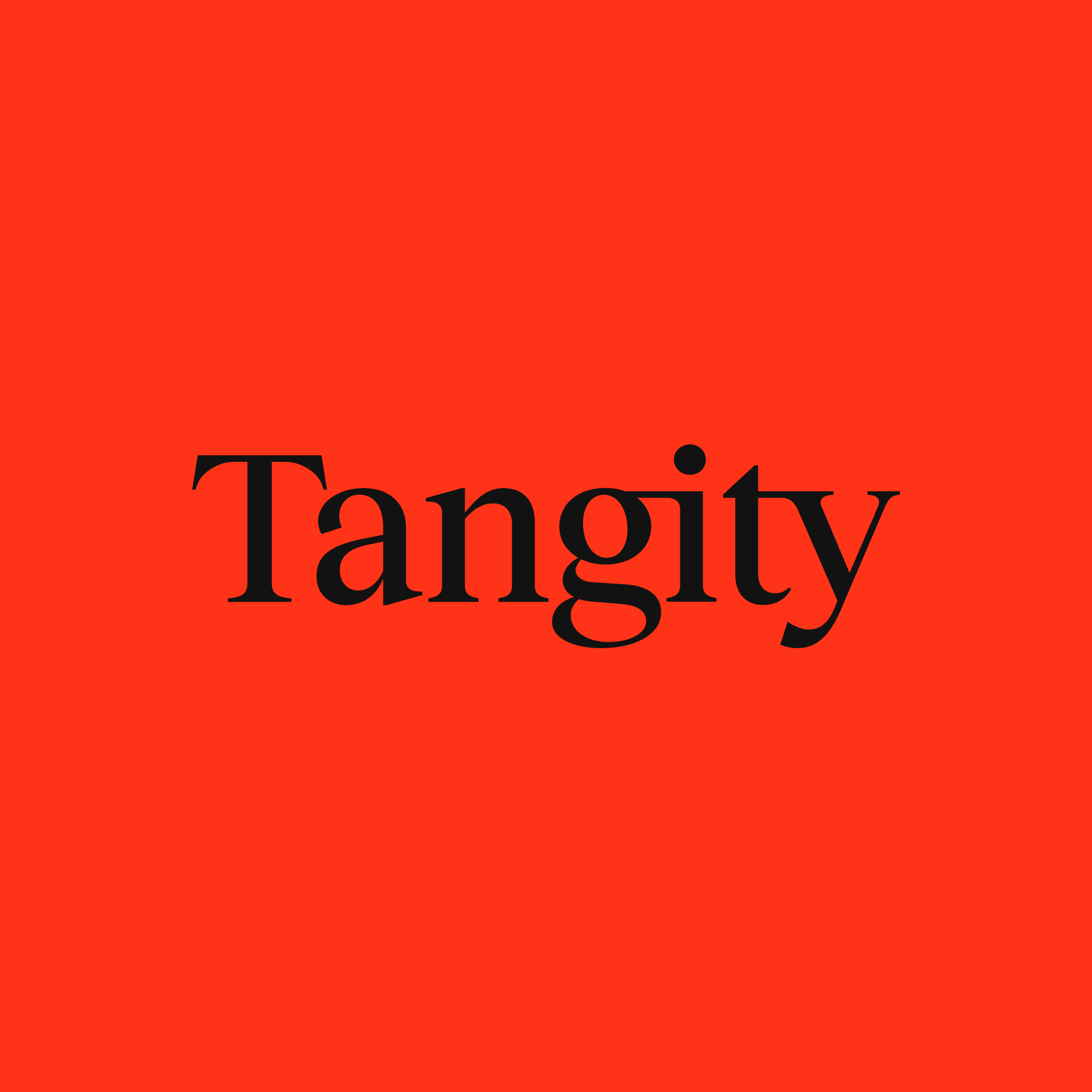The Product Voice Design toolkit features various tools that allow your team to design guidelines on how your products speak to people through written or spoken words. It helps you establish more human relationships with your customers by creating better conversations that improve people's experience and ultimately increase brand loyalty, brand equity, and ROI.
The toolkit is the result of the longstanding work in Content Strategy and UX Writing with corporate clients in Italy, during which we crafted and refined these tools to be comprehensible and useful. We wouldn't want you to waste your time creating documents that no one will read or use.
When to use our Product Voice Design toolkit?
Whether you have already established brand guidelines or not, this toolkit comes in handy when creating or redesigning a physical or digital product.
Starting from your brand assessment, you will define step-by-step how your product talks and adapts to users and situations.
In the end, you'll come up with clear and well-defined guidelines, including style rules and a glossary, that will help you create a coherent, memorable, and consistent experience that people will enjoy.
How does the Product Voice Design toolkit work?
We will guide you through a journey in which you'll define your product voice:
First, you'll immerse yourself in the topic thanks to a brief introduction that explains why it is essential to take care of your product voice;
Then follows the brand assessment: what is its personality? How would you define its voice?
Afterward, you will consider your specific product and its audience and see how your brand voice adapts and builds your product voice. For instance, think about how the brand voice can vary if you talk to your final customer or your employees, and how the product voice needs to consider the context and people's emotions;
Finally, you will define the rules and the glossary to help your writer deliver coherent and pleasant conversations saving time and improving quality. And now, you can start designing the entire product, down to the last detail.






